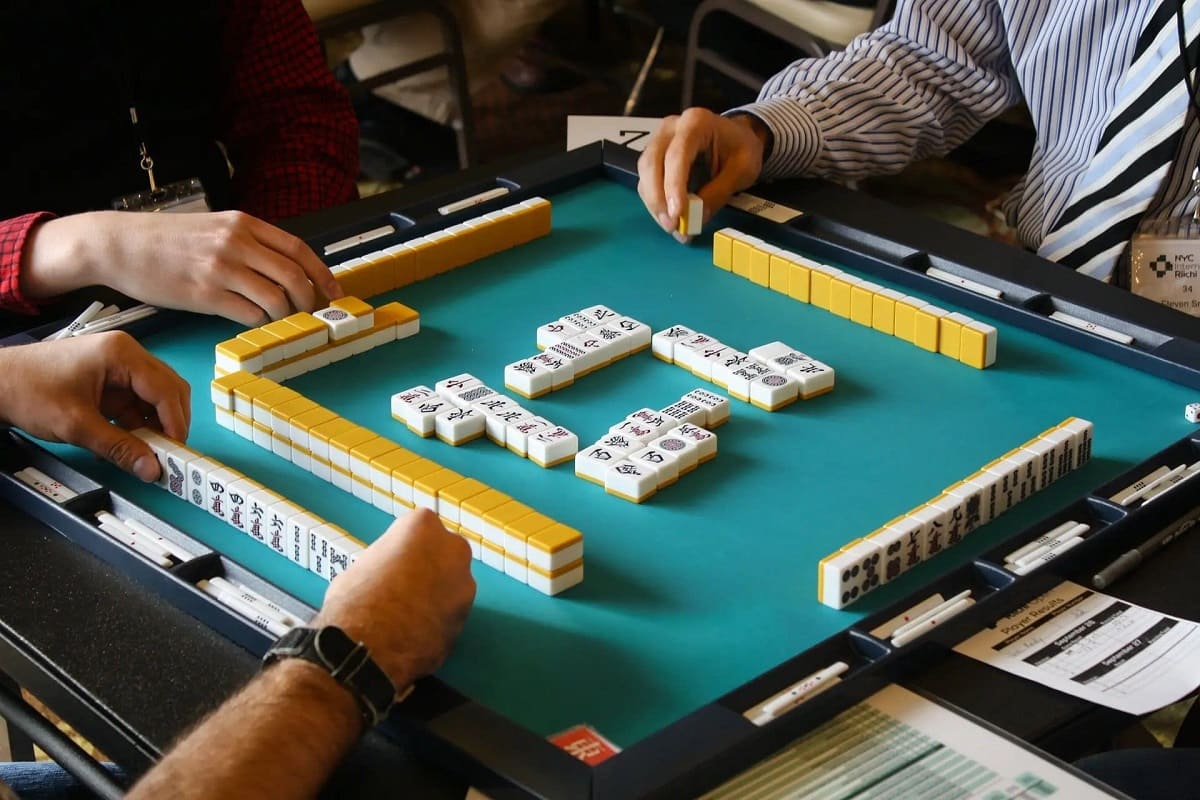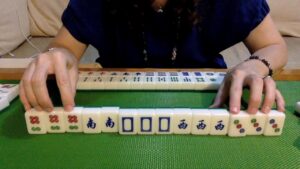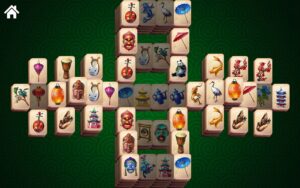
Mastering Japanese Mahjong Rules: A Comprehensive Overview
Mahjong, often referred to as the "game of a hundred intelligences," is a captivating and challenging tile-based game that requires skill, strategy, and a keen eye for detail. Japanese Mahjong, also known as Riichi Mahjong, adds a layer of complexity to the traditional game, making it a rewarding yet intricate experience.
In this section, we will explore the core elements of Japanese Mahjong and offer insights into mastering its rules and strategies.
Realizing the Basics
Japanese Mahjong is typically played by four players, each with a unique wind direction - East, South, West, and North. The game employs a set of 136 or 144 tiles, divided into several suits, including characters, bamboos, circles, and honors (winds and dragons).
One of the distinctive features of Japanese Mahjong is the concept of "riichi," which involves declaring a ready hand and adding a special stick to the table. This declaration introduces an element of strategy as it restricts a player's ability to change their hand, thus adding tension to the game.
Objective of the Game
The primary goal of Japanese Mahjong is to create a winning hand, also known as a "yaku." A yaku consists of specific combinations of tiles, such as sequences, triplets, or unique sets of honor tiles. The player who forms a valid yaku and completes their hand with a winning tile is declared the round's winner.
Dealing and Initial Discards
In Japanese Mahjong, the process of dealing and the initial discards sets the stage for a dynamic and strategic gameplay experience. Let's delve into the intricacies of this crucial aspect of the game.
| Aspect | Description | Importance |
| Dealing the Tiles | At the start of a game, tiles are shuffled and stacked in a wall formation. Players take turns drawing tiles from the wall, creating their initial hand of 13 tiles. This process is essential, as the tiles drawn influence the player's strategic choices throughout the game. | The initial draw of tiles can significantly impact a player's ability to form winning combinations, making it crucial for success. |
| Tile Efficiency | To maximize their chances of winning, players must pay close attention to the tiles they draw initially. Selecting tiles that align with their desired yaku (winning hand) and discarding those that don't is a skill that sets expert players apart. | Tile efficiency during the initial draw can dictate the entire gameplay, as the wrong discard can result in a disadvantageous position. |
| Strategic Discarding | As the game progresses, players take turns drawing tiles and discarding them. The choices made during these initial discards play a pivotal role in setting the tone of the match. Players must balance offensive and defensive strategies, ensuring they do not inadvertently help their opponents form winning hands. | Strategic discarding not only impacts a player's hand but can influence their opponents' decisions and the overall flow of the game. |
Strategies for Success
To become a master of Japanese Mahjong, you must develop a keen sense of observation, strategy, and adaptability. Here are some key strategies to keep in mind:
- Tile Efficiency: Focus on forming combinations with the highest probability of success. Avoid collecting tiles that have already been discarded by other players.
- Reading Opponents: Pay close attention to the tiles your opponents discard. This can provide valuable insights into their hands and help you make informed decisions.
- Risk Management: Balance the need to declare "riichi" and limit your ability to change your hand with the potential reward of additional points.
- Yaku Mastery: Study and memorize the various yaku combinations to know when to aim for specific hands and when to adapt your strategy.
- Defensive Play: Don't just focus on your own hand; consider the impact of your discards on your opponents. Strategic discarding can help prevent your opponents from winning.
- Timing and Patience: Japanese Mahjong rewards patience. Wait for the right moment to declare "riichi" and strike when the conditions are favorable.
Scoring and Winning
Scoring and winning in Japanese Mahjong is a multifaceted process that relies on specific combinations of tiles and a unique scoring system. Let's explore the intricacies of scoring and winning in this captivating game.
| Aspect | Description | Importance |
| Yaku Combinations | Japanese Mahjong utilizes "yaku," which are specific combinations of tiles that determine the hand's value. Players strive to form valid yaku, and the more complex and rare the yaku, the higher the potential score. | Understanding yaku is essential for scoring, as it dictates the value of a player's hand. |
| Point Calculation | Points in Japanese Mahjong are calculated based on the yaku formed, the number of han (fan), and the game's prevailing wind. The scoring system can be intricate, with different yaku and scenarios yielding varying point values. | Accurate point calculation is crucial for determining the winner and understanding the game's progression. |
| Reaching the Threshold | To win a Japanese Mahjong game, a player must reach a specific point threshold, often set at 30,000 points. Achieving this threshold is the primary objective, as it allows players to declare victory and claim their cumulative score as the winner. | Reaching the threshold is the ultimate goal, and it requires a combination of skill, strategy, and a deep understanding of scoring. |
Common FAQs
- What makes Japanese Mahjong different from other Mahjong variants? Japanese Mahjong introduces the concept of "riichi" and employs a unique scoring system, setting it apart from other versions.
- How do I know which yaku to aim for in Japanese Mahjong? Study the yaku and their associated point values. Aim for combinations that maximize your scoring potential.
- Is Japanese Mahjong suitable for beginners? While Japanese Mahjong can be challenging for newcomers, it offers a rewarding experience for those who invest time in learning its intricacies.
- What is the significance of wind directions in the game? Wind directions play a role in determining the seating order and can impact scoring in some cases.
- Are there online resources to practice and learn Japanese Mahjong? Yes, there are online platforms and communities where you can play and learn from experienced players.
- What is the best way to practice Japanese Mahjong to improve my skills? Practicing with both AI opponents and real players, as well as studying yaku and strategies, is the key to improvement.


